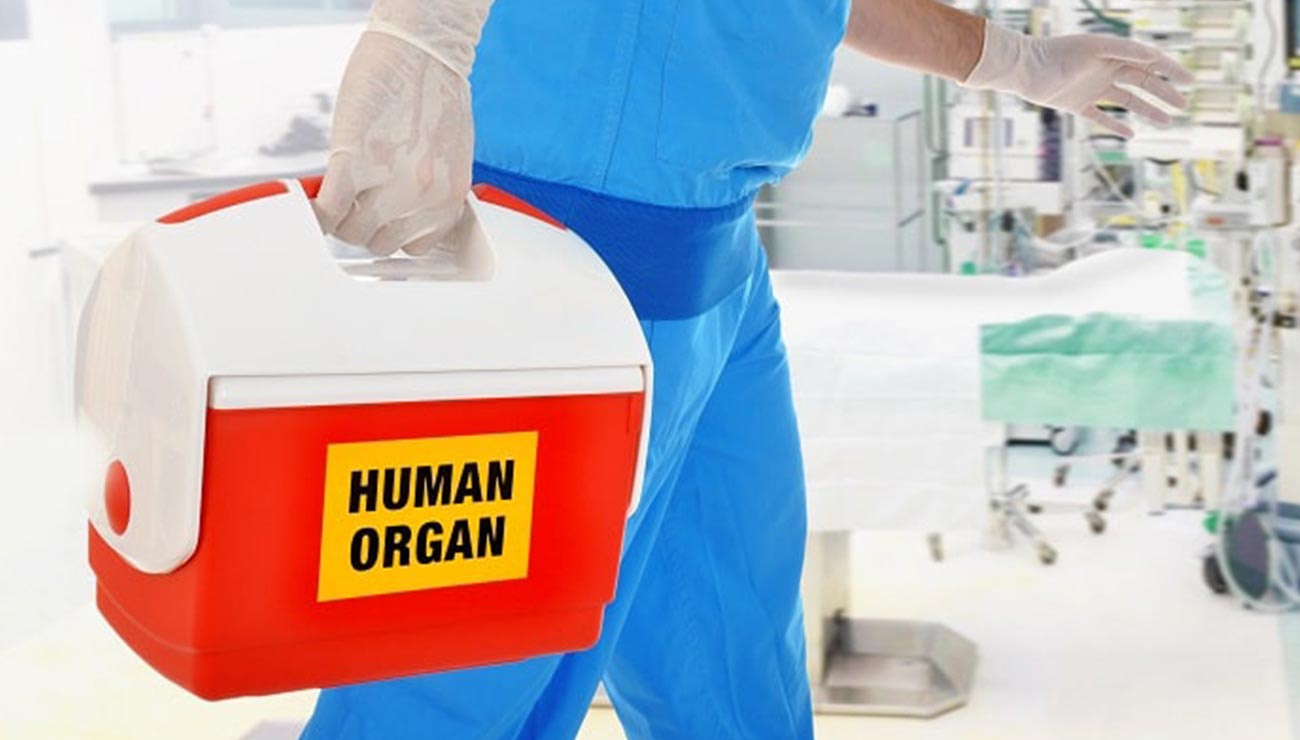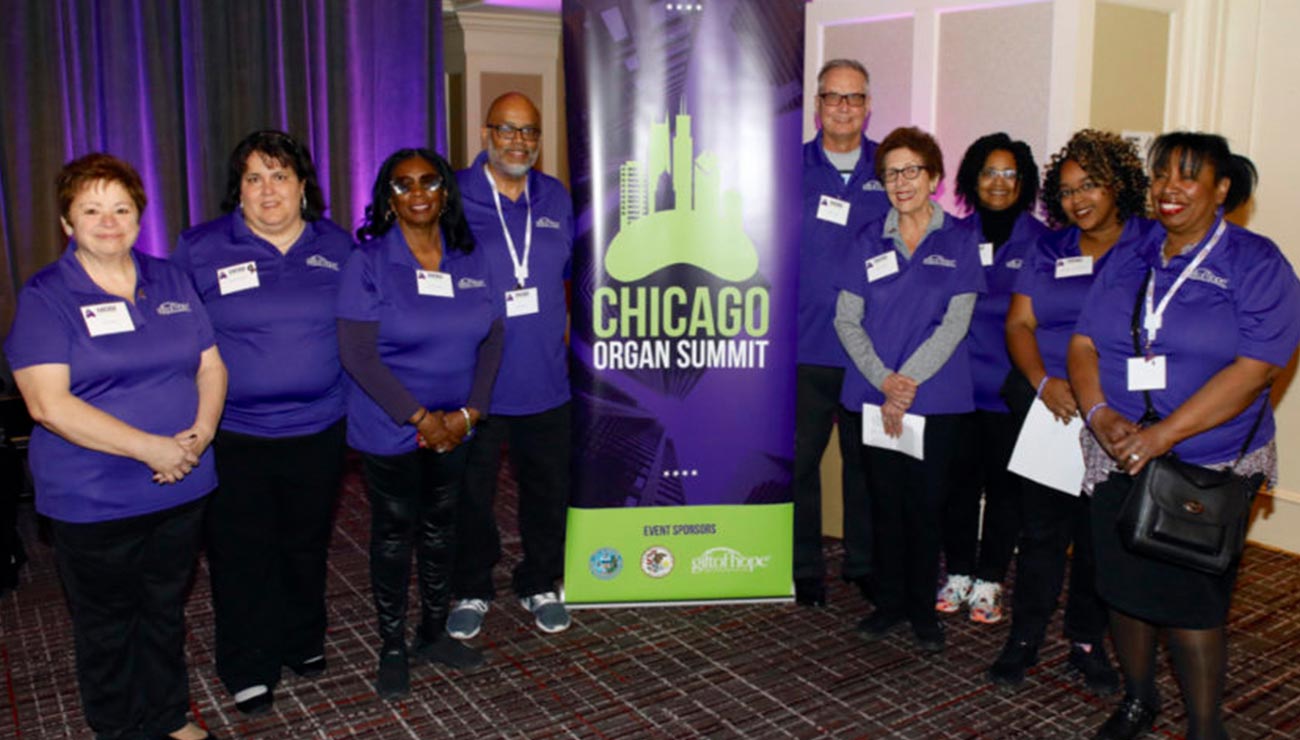It’s often said that a single person who is willing to donate his or her organs after death can save up to eight different people. That’s because there are eight major organs that can be donated: the liver (which can be split and used to save two people), the heart, the pancreas, a pair of kidneys and a pair of lungs.
Needless to say, signing up to become an organ donor may be one of the most impactful decisions a person can make in his or her lifetime. Consider the fact that every 20 minutes someone is added to the national transplant list, and that around 20 people die every day waiting for a transplant that never arrives. Hopefully this crystalizes just how important such a gesture of generosity is in helping people who are suffering from all kinds of illnesses.
What Kinds of Organs Can Be Donated?
As we said earlier, there are eight major organs (the lungs and kidneys are counted twice since they come in pairs) that can successfully be transplanted. Now let’s take a closer look and see what characterizes each type of transplant:
1. Heart Transplant
More than 3,500 heart transplants take place every year, more than half of which occur in the US. Heart transplants are quite successful nowadays, with post-op survival rates averaging approximately 15 years.
2. Lung Transplant
Sometimes transplanted in conjunction with the heart, both lungs are eligible for donation, although living donors are limited to a single lung. Lung transplants are trickier, but even they can prolong the life of patients by more than 10 years in some instances.
3. Kidney Transplant
Just like lungs, kidneys come in pairs, which means that they can be used in either single or double transplantation. The typical patient will have his life prolonged by 10 to 15 years after surgery, with young people gaining even more time.
4. Liver Transplant
Unlike other organs, livers can actually regenerate after being partially removed, making this kind of transplant a good proposition for living donors as well. Those who receive a liver are looking at a 58 percent chance of increasing their life expectancy by 15 years. Deceased donated livers can be split and donated to two individuals, potentially saving two lives.
5. Pancreas Transplant
One of the most successful kinds of transplants occurs with pancreases. Success rates with current transplant technology hover around 80-95 percent, as long as patients follow strict immunosuppression treatments.
Signing Up for Donation
Now that you’re aware of all the different kinds of organs that can be donated, it’s important to know how to register as an organ donor. In most states, you will either have to sign up online or in-person at your local department of motor vehicles. This will put you in a database belonging to your state’s organ donor registry. People can also express a desire to become organ donors when picking up their driver’s license or ID by checking the appropriate box on their form.
Whatever option you choose, keep in mind that registering as an organ and tissue donor is a deeply personal decision. It’s one that every person should only make after carefully considering all its aspects. If you’re looking for more information, visit the Gift of Hope today and find out how you can get involved in this life-saving venture.
**Statistics and numbers sourced from https://organdonor.gov/statistics-stories/statistics.html


















































